Ball joints and outer tie rods are critical components of a vehicle's suspension system. They play a vital role in maintaining stability and ensuring proper steering control. Over time, these parts can wear out and become faulty, leading to potential safety hazards. Recognizing the signs of a bad ball joint is crucial for maintaining the performance and safety of your vehicle. In this comprehensive guide, we will explore the key indicators that can help you determine whether a ball joint is in poor condition. Additionally, we will briefly touch on the role of the outer tie rod and its relation to the overall suspension system.
I. Understanding the Ball Joint
Before diving into the signs of a bad ball joint, let's first understand what a ball joint is and its purpose. A ball joint is a spherical bearing that connects the control arm to the steering knuckle or spindle. It allows the wheels to move up and down while steering left or right. Ball joints are typically found in the front suspension of most vehicles and are subjected to constant stress and movement.

II. Signs of a Bad Ball Joint
- Uneven or Excessive Tire Wear: One of the primary signs of a failing ball joint is uneven or excessive tire wear. A bad ball joint can cause the tire to wear unevenly on the inner or outer edge. Inspect your tires regularly and look for signs of excessive wear, such as bald spots or uneven tread wear.
- Vibrations: A worn-out ball joint can lead to vibrations felt in the steering wheel or the vehicle's floorboard. These vibrations often intensify when driving over bumps or uneven surfaces. If you notice unusual vibrations, it's important to have your ball joint inspected promptly.
- Clunking or Knocking Noises: A bad ball joint can produce clunking or knocking noises, especially when going over bumps or making turns. These noises may indicate that the ball joint is loose or has excessive play. If you hear any unusual sounds, it's advisable to have your vehicle inspected by a qualified mechanic.
- Steering Instability: A failing ball joint can negatively impact the steering stability of your vehicle. You may experience difficulty in maintaining control, especially during turns. If you notice increased play or looseness in the steering, it could be a sign of a bad ball joint.
- Poor Handling and Drifting: A compromised ball joint can affect the overall handling of the vehicle. You may notice that the vehicle tends to drift or pull to one side, even when driving on a straight road. This can be a serious safety concern and should be addressed immediately.
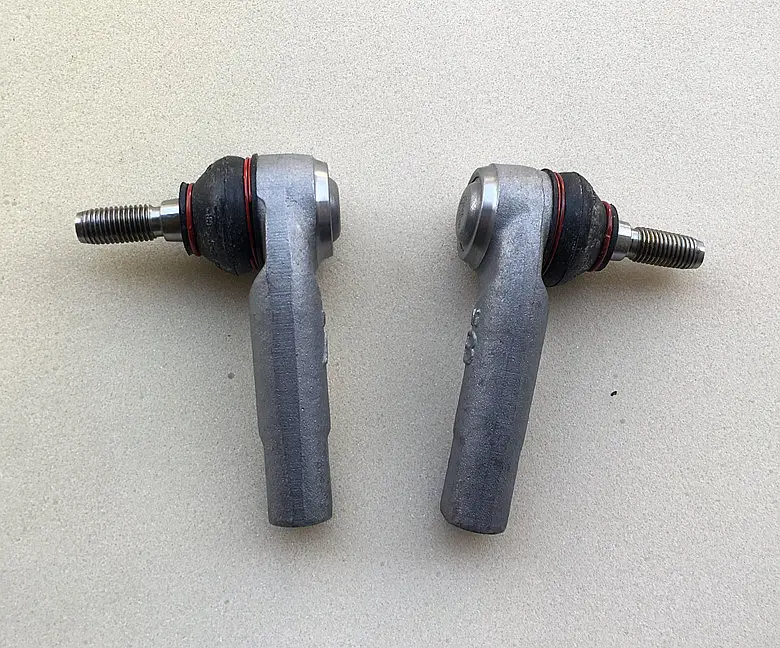
III. The Role of the Outer Tie Rod
While discussing the signs of a bad ball joint, it's essential to understand the role of the outer tie rod. The outer tie rod end connects the steering knuckle to the steering rack, allowing for smooth steering and control. Although the outer tie rod is a separate component from the ball joint, its failure can have similar effects on vehicle performance.
IV. Additional Signs to Watch Out for
In addition to the specific signs mentioned above, there are a few other indicators that may point to a bad ball joint or outer tie rod:
- Excessive Play or Looseness: If you notice excessive play or looseness when you shake the wheel or attempt to move it, it could indicate a worn-out ball joint or outer tie rod.
- Grease Leakage: Inspect the ball joint and outer tie rod for any signs of grease leakage. A damaged or worn-out seal can allow grease to escape, leading to premature failure of these components.

In Conclusion
Recognizing the signs of a bad ball joint and outer tie rod is crucial for maintaining the safety and performance of your vehicle. Regular inspection and maintenance can help identify any potential issues before they escalate into more significant problems. If you notice any of the signs mentioned in this blog, it's important to take your vehicle to a qualified mechanic for a thorough inspection and necessary repairs. Ignoring a bad ball joint or outer tie rod can lead to further damage to your suspension system, compromising the safety of your vehicle and increasing the risk of accidents.
Remember, prevention is always better than cure when it comes to automotive maintenance. By following the manufacturer's recommended maintenance schedule, driving responsibly, and promptly addressing any concerns, you can ensure the longevity and reliability of your ball joints and outer tie rods. Invest in the well-being of your vehicle and prioritize your safety on the road.
Keep your eyes and ears open for the signs discussed in this guide, and never hesitate to seek professional assistance when needed.
The Previous Articles:
What Is Rack and Pinion Bushing? How To Tell If Rack and Pinion Bushings Are Bad?
Why Steering Rack Makes Noise When Turning?
How To Rebuild A Steering Rack?
What Is A Rotary Valve Power Steering Rack?
Rack And Pinion System Vs Power Steering System: What Are The Differences?
Power Steering Rack Market Analysis Report (Japan Market)
What Causes Steering Rack to Go Bad?
Design Of Car Rack And Pinion Steering Racks
What Is The Intelligent Steering Rack Used By VW, Toyota, Honda And Renault?
Understanding Steering Angle Sensors: A Detailed Overview
Demystifying Power Steering Fluid: Understanding Its Role in Steering Systems
What is steering rack repair kit?
What is power steering reservoirs?
Understanding the Severity of Rack and Pinion Leaks in Your Vehicle
How to Find a Reliable Supplier of Steering Rack in China? Why You Should Choose Us?
What Is a Steering Rack Belt: Exploring the Role of Electric Steering Rack Belts
What Causes Drive Shaft Failure?
Steering Rack: When Should You Replace It?
Is Steering Rack Expensive to Fix? Exploring Steering Rack Repair and Costs
Demystifying the Difference Between Steering Rack and Steering Column

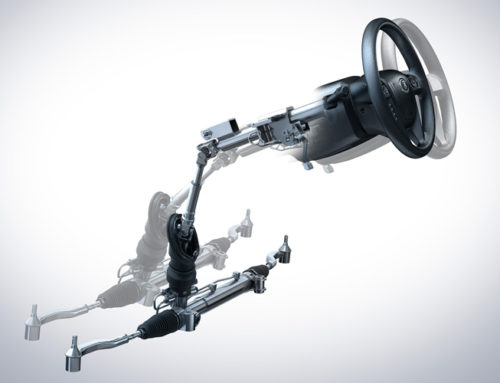
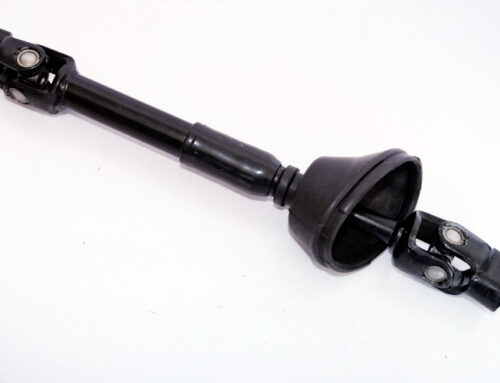
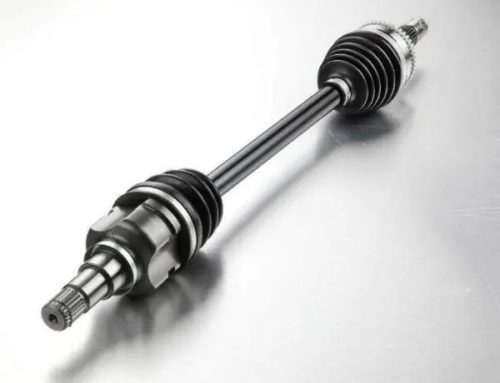
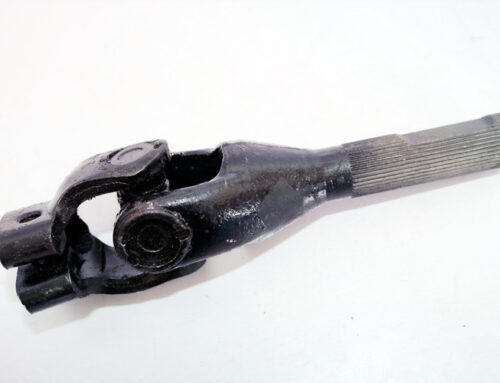
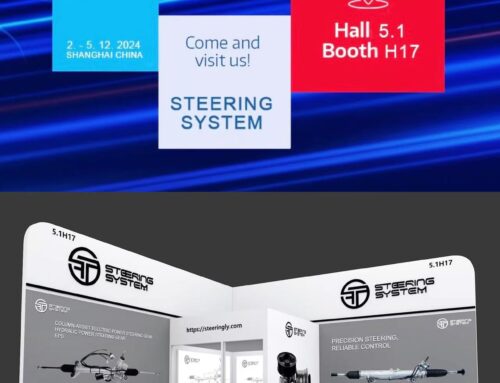
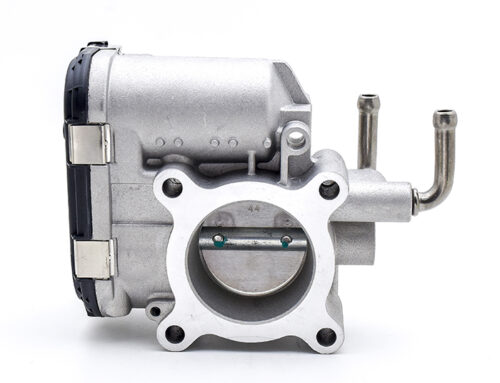
It’s a shame you don’t have a donate button! I’d most certainly donate to this outstanding blog! I suppose for now i’ll settle for book-marking and adding your RSS feed to my Google account. I look forward to new updates and will talk about this blog with my Facebook group. Talk soon!